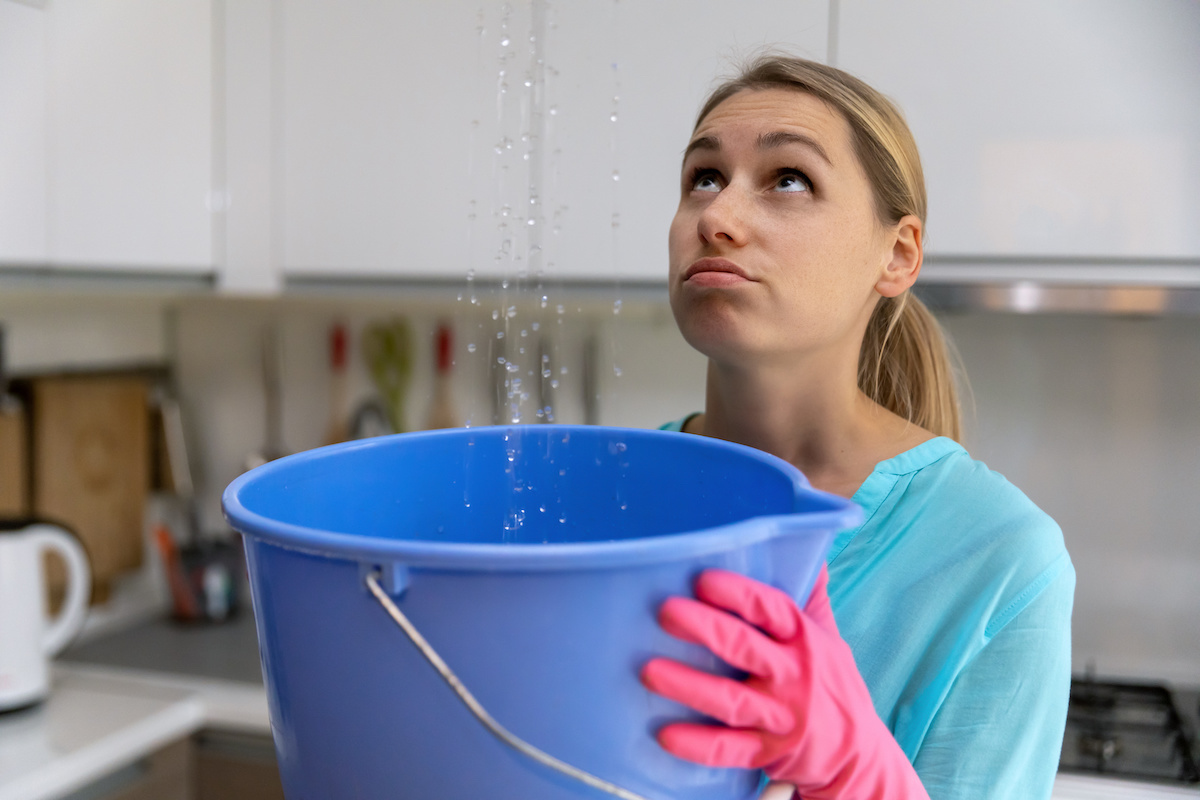Understanding the Top Causes for Water Leaks in Your Home
Understanding the Top Causes for Water Leaks in Your Home
Blog Article
Presented here down the page you can find a lot of sensible facts with regards to Common Water Leaks In House.

Leaks not just trigger waste of water yet can also create unneeded damages to your residence and promote unwanted natural growth. Unfortunately, water leakages may go unnoticed given that the majority of the pipework in our residence is concealed. By looking and recognizing for daily scenarios that trigger leaks, you can shield your residence from future leakages and unnecessary damages. Today, we will certainly consider six leak causes that might be creating your pipelines to leak.
Instant temperature level adjustments.
Extreme temperature level changes in our pipes can cause them to expand as well as acquire unexpectedly. This growth and contraction may trigger fractures in the pipelines, particularly if the temperature are below freezing.
Rusty water systems
This could be the cause of staining or warping on your water pipes. If our plumbing system is old, consider changing the pipelines considering that they are at a greater danger of rust than the more recent designs.
Faulty Pipe Joints
The factor at which your pipelines connect is often the weakest web link in the waterline. Pipeline joints can degrade with time, leading to water leakages. The bulk of pipeline joints are not conveniently noticeable. If you have loud pipes that make ticking or banging sounds, specifically when the warm water is switched on, your pipeline joints are probably under a great deal of stress. It is recommended to have your plumber inspect your system yearly.
Encroaching roots
Most water leakages begin outside the residence instead than inside it. You could see wet spots or sinkholes in your lawn, and that might mean that tree origins are invading water lines causing water to leak out.
Poor Water Connectors
At times, a leakage can be triggered by loose hose pipes and pipelines that provide your home appliances. In case of a water connections leak, you may see water running directly from the supply line or pools around your home appliances.
Clogged Drains
Blocked drains pipes could be annoying and inconveniencing, but they can occasionally end up causing an overflow bring about rupture pipelines. Keep getting rid of any kind of materials that may decrease your drains that could obstruct them to prevent such troubles.
All the above are sources of leakages yet not all water leaks result from plumbing leakages; some leakages might come from roofing leaks. All leakages should be repaired quickly to stay clear of water damages.
Leaks not just cause waste of water yet can likewise create unneeded damage to your house and promote unwanted natural development. By recognizing as well as looking for day-to-day scenarios that cause leaks, you can secure your house from future leakages and unnecessary damages. Today, we will certainly look at 6 leakage creates that might be triggering your pipes to drip.
At times, a leak can be triggered by loosened pipes and also pipelines that provide your appliances. In case of a water connections leakage, you may observe water running straight from the supply line or pools around your appliances.
How To Check For Water Leak In Your Home
How To Check for Leaks
The average household's leaks can account for nearly 10,000 gallons of water wasted every year and ten percent of homes have leaks that waste 90 gallons or more per day. Common types of leaks found in the home are worn toilet flappers, dripping faucets, and other leaking valves. These types of leaks are often easy to fix, requiring only a few tools and hardware that can pay for themselves in water savings. Fixing easily corrected household water leaks can save homeowners about 10 percent on their water bills.
To check for leaks in your home, you first need to determine whether you're wasting water and then identify the source of the leak. Here are some tips for finding leaks:
Take a look at your water usage during a colder month, such as January or February. If a family of four exceeds 12,000 gallons per month, there are serious leaks.
Check your water meter before and after a two-hour period when no water is being used. If the meter changes at all, you probably have a leak.
Identify toilet leaks by placing a drop of food coloring in the toilet tank. If any color shows up in the bowl after 10 minutes, you have a leak. (Be sure to flush immediately after the experiment to avoid staining the tank.)
Examine faucet gaskets and pipe fittings for any water on the outside of the pipe to check for surface leaks.
Undetected water leaks can happen without the home or business owner even realizing. If you suspect a water leak, but not able to find the source. It is time to contact a professional water leak detection service, The Leak Doctor.
How To Find a Water Leak In Your Home
https://www.leakdoctor.com/blog/How-To-Check-For-Water-Leak-In-Your-Home_AE197.html

As an enthusiastic person who reads on How to Find Water Leaks, I figured sharing that blog post was necessary. In case you liked our post kindly don't forget to pass it around. Thank you so much for going through it.
Maintain plumbing standards; contact us. Report this page